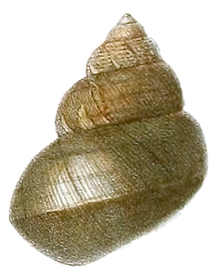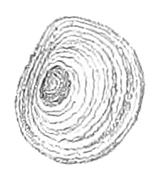
The aperture is an opening in certain kinds of mollusc shells: it is the main opening of the shell, where the head-foot part of the body of the animal emerges for locomotion, feeding, etc.

The operculum is a corneous or calcareous anatomical structure like a trapdoor that exists in many groups of sea snails and freshwater snails, and also in a few groups of land snails; the structure is found in some marine and freshwater gastropods, and in a minority of terrestrial gastropods, including the families Helicinidae, Cyclophoridae, Aciculidae, Maizaniidae, Pomatiidae, etc.
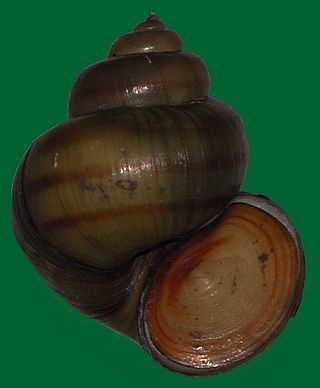
Viviparidae, sometimes known as the river snails or mystery snails, are a family of large aquatic gastropod mollusks, being some of the most widely distributed operculate freshwater snails.
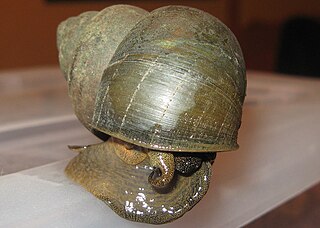
The Chinese mystery snail, black snail, or trapdoor snail, is a large freshwater snail with gills and an operculum, an aquatic gastropod mollusk in the family Viviparidae. The Japanese variety of this species is black and usually a dark green, moss-like alga covers the shell.
Notopala is a genus of moderately large to large, freshwater snails with an operculum, aquatic gastropod molluscs in the family Viviparidae, the river snails or mystery snails.
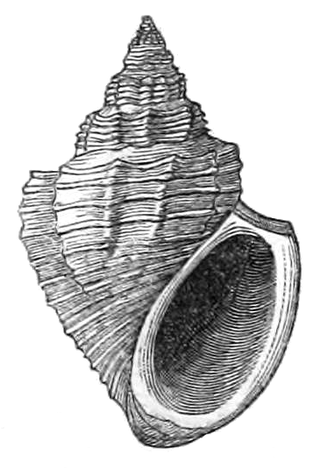
Paramelania damoni is a species of tropical freshwater snail with an operculum, an aquatic gastropod mollusk in the family Paludomidae.

Bellamya is a genus of freshwater snails with a gill and an operculum, aquatic gastropod mollusks in the family Viviparidae.
Notopala hanleyi is a species of large freshwater snail, an aquatic gastropod mollusc in the family Viviparidae. It is also classified as a subspecies Notopala sublineata hanleyi.
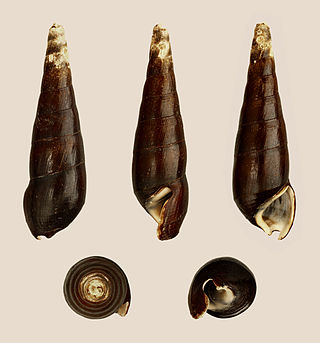
Faunus ater is a species of brackish water snail with an operculum, an aquatic gastropod mollusk in the family Pachychilidae.

Filopaludina is a genus of freshwater snails with a gill and an operculum, aquatic gastropod molluscs in the family Viviparidae.
Tylomelania gemmifera is a species of freshwater snail with an operculum, an aquatic gastropod mollusk in the family Pachychilidae.
Filopaludina filosa is a species of large freshwater snail with a gill and an operculum. It is an aquatic gastropod mollusc in the family Viviparidae.

Filopaludina sumatrensis is a species of large freshwater snail with a gill and an operculum, an aquatic gastropod mollusc in the family Viviparidae.

Filopaludina javanica or Idiopoma javanica is a species of large freshwater snail with a gill and an operculum, an aquatic gastropod mollusc in the family Viviparidae.
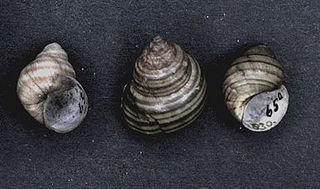
Idiopoma doliaris is a species of large freshwater snail with a gill and an operculum, an aquatic gastropod mollusk in the family Viviparidae.

Cipangopaludina cathayensis is a species of large, freshwater snail with an operculum and a gill, an aquatic gastropod mollusk in the family Viviparidae, the river snails.

Angulyagra polyzonata is a species of a freshwater snail with a gill and an operculum, an aquatic gastropod mollusk in the family Viviparidae.
Rivularia is a monotypic genus of freshwater snails with a gill and an operculum, aquatic gastropod mollusks in the family Viviparidae. Species in this genus is distributed only along the Xiang River region of Hunan province, People's Republic of China.

